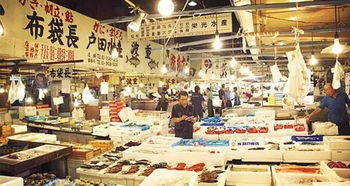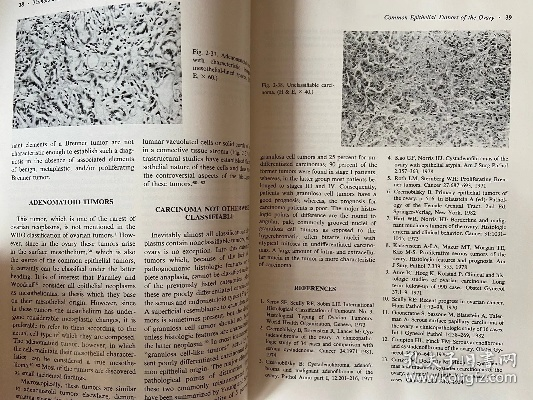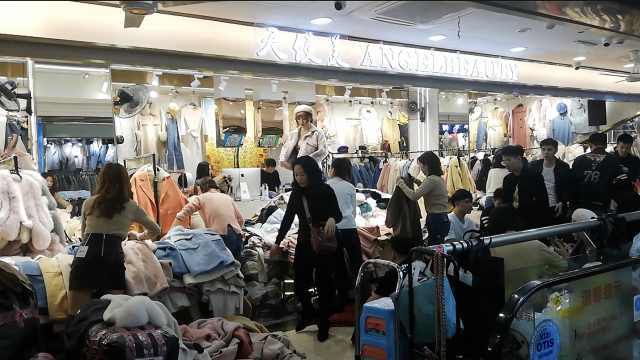The High Price of Textiles Abroad:A Comprehensive Analysis
: The High Price of Textiles Abroad: A Comprehensive Analysis,Abstract: This paper conducts a comprehensive analysis of the high prices of textiles abroad. It examines the factors contributing to these high costs, including raw material scarcity, labor costs, transportation and logistics expenses, and the complex international supply chain. Additionally, the study explores the impact of various policies and regulations on the cost structure of textiles in foreign markets. The findings suggest that while some countries may benefit from high prices, others may suffer due to increased import costs and reduced competitiveness. Overall, this analysis highlights the complexity of the global textile industry and the challenges faced by manufacturers and consumers alike.
The High Price of Textiles Abroad: A Comprehensive Analysis
Introduction: The global market for textiles is vast, with a wide range of products available at various price points. However, it's not uncommon to find that the cost of textiles in some countries, especially those with advanced manufacturing capabilities and economies of scale, can be significantly higher than in others. This phenomenon has sparked curiosity and debate among consumers, industry professionals, and policymakers alike. In this article, we will delve into the reasons behind the high prices of textiles abroad and provide an overview of the factors that contribute to this pricing structure.
Factors Affecting the Price of Textiles Abroad:
-
Cost of Raw Materials:
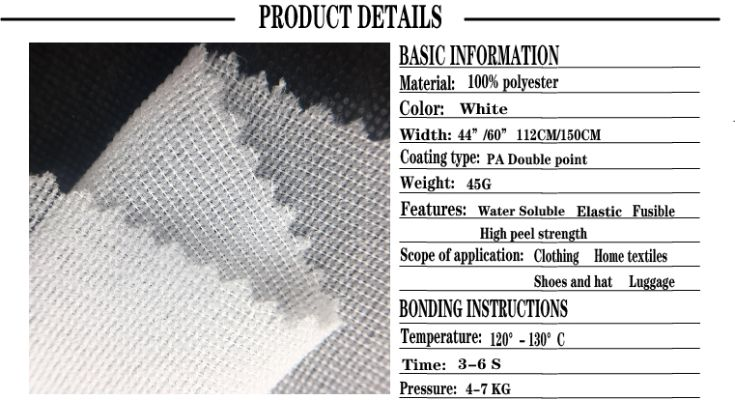
- Natural Fibers: The cost of raw materials such as cotton, wool, and silk can vary widely depending on their origin, quality, and availability. For example, the cost of cotton grown in India or Pakistan may be much lower than in countries like China or Bangladesh due to their large-scale production.
- Synthetic Materials: The cost of synthetic fibers like polyester and nylon is also influenced by the raw material source and production process. Countries like Turkey and Vietnam produce these materials at a lower cost than developed nations like Germany and France.
-
Labor Costs:
- Skilled Labor: The cost of labor varies greatly across different countries, with some countries having a higher cost of living and therefore paying higher wages for skilled workers. This can result in higher labor costs for textile manufacturers in these countries.
- Unskilled Labor: On the other hand, countries with a larger workforce may have lower labor costs per unit of output. However, if unskilled labor is needed for certain processes, the overall cost of production may still increase.
-
Transportation Costs:
- Distance from Raw Material Source: The transportation cost of raw materials from their source country to the manufacturing location can significantly impact the final price of the product. Countries with shorter transportation distances may have lower costs, while longer distances can lead to higher shipping fees.
- Freight Rates: Freight rates can fluctuate based on demand, weather conditions, and other factors. Therefore, even within the same country, different regions may experience varying freight rates.
-
Industrial Scale:
- Economies of Scale: Larger factories often enjoy economies of scale, meaning they can produce more textiles at a lower cost per unit. This can make them more competitive in the global market.
- Technological Advances: Advanced technology can reduce production costs and improve efficiency, leading to lower prices for consumers. However, this requires significant investment in research and development.
-
Market Regulations:
- Export Quotas and Tariffs: Some countries impose export quotas or apply tariffs on textiles, which can affect the final price of the product. These regulations can limit competition and drive up prices for importers.
- Customs Duties: Customs duties are additional taxes imposed on imported goods. The higher the duty rate, the more expensive the product becomes for consumers.
-
Quality Standards:
- Global Standards: Many international standards govern the quality of textile products, such as the International Organization for Standardization (ISO) standards. Companies that meet these standards must invest in advanced equipment and training to ensure consistent quality levels.
- Local Standards: Local standards may also affect the cost of textiles. For example, stricter environmental regulations in some countries may require companies to invest in greener production methods, which can increase costs.
-
Supply and Demand Dynamics:
- Changes in Consumer Preferences: As consumers become more conscious about sustainability and ethical practices, they may prefer products made from natural fibers or produced using eco-friendly methods. This can lead to a shift in demand for certain types of textiles, which can influence prices.
- Inventory Management: Companies with efficient inventory management can maintain low inventory levels, reducing storage costs and ensuring that they can respond quickly to changing market conditions.
-
Other Factors:
- Political Unrest: Political instability or conflict in a particular country can disrupt supply chains, causing increased transportation costs and affecting the availability of raw materials.
- Climate Change: Climate change can affect agricultural yields and thus the availability of raw materials, as well as lead to changes in weather patterns that can affect crop yields and production costs.
Case Study: One example of the high price of textiles abroad is the case of Pakistani textiles. Pakistan is known for its high-quality cotton textiles, but due to various factors, including political instability, economic challenges, and limited infrastructure, the cost of producing these products remains relatively high compared to other countries. As a result, Pakistani textiles are often priced higher than those from other countries, making them less competitive in the global market.
Conclusion: The high price of textiles abroad is a complex issue that involves a combination of various factors. While some of these factors are beyond the control of individual companies or governments, there are ways to mitigate some of the challenges associated with high costs. For example, companies can explore alternative sources of raw materials, adopt more sustainable production methods, and improve their supply chain efficiency to reduce costs. Governments can also play a role by implementing policies that support small-scale producers and promote local industries. By working together, we can help create a more equitable and competitive global textile market.
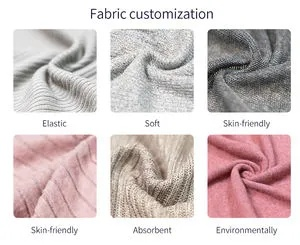
近年来,纺织品出口在全球贸易中占据重要地位,纺织品海外价格昂贵的原因是多方面的,以下将通过英文案例和表格来详细解释这一现象。
背景介绍
纺织品是国际贸易中的重要商品之一,其价格受到多种因素的影响,随着全球化的加速和国际贸易的繁荣,纺织品出口市场不断扩大,但同时也面临着更高的成本和更高的价格。
案例分析
生产成本高昂
纺织品生产涉及到多个环节,包括原材料采购、生产设备投入、人工成本等,在某些地区,由于劳动力成本、土地租金、环保要求等因素的影响,生产成本较高,一些高端纺织品的生产还需要特殊的技术和设备,这也增加了生产成本。
市场需求变化
随着全球经济的发展和消费者需求的多样化,纺织品市场也发生了变化,一些新兴市场对高品质、高附加值的纺织品需求增加,这导致了一些高端纺织品的供应短缺,国际贸易保护主义抬头,一些国家对进口纺织品设置贸易壁垒,这也增加了出口难度和成本。
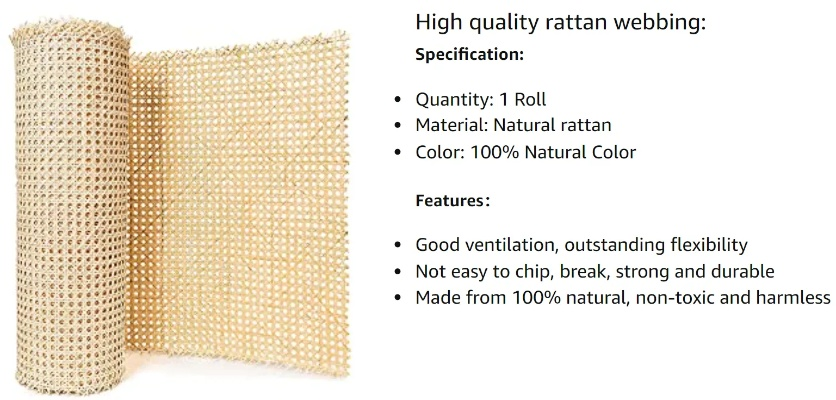
原因分析
纺织品海外价格昂贵的原因为多方面的因素综合作用的结果,以下是一些主要原因:
-
生产成本高昂:生产成本是纺织品价格的重要因素之一,在全球化背景下,生产成本受到多个因素的影响,包括原材料采购成本、生产设备投入成本、人力资源成本等。
-
市场需求变化:市场需求的变化也是纺织品价格的重要因素之一,随着全球经济的发展和消费者需求的多样化,一些新兴市场对高品质、高附加值的纺织品需求增加,这导致了一些高端纺织品的供应短缺,国际贸易保护主义抬头也可能导致一些国家对进口纺织品设置贸易壁垒,增加了出口难度和成本。
表格补充说明
以下是纺织品海外价格昂贵的表格补充说明:
| 因素 | 解释 |
|---|---|
| 生产成本 | 高昂的原材料采购成本、生产设备投入成本、人工成本等 |
| 市场需求变化 | 新兴市场对高品质、高附加值的纺织品需求增加,国际贸易保护主义抬头等 |
| 政策因素 | 一些国家对进口纺织品设置贸易壁垒,限制了纺织品出口 |
纺织品海外价格昂贵的原因是多方面的,包括生产成本高昂、市场需求变化、政策因素等,为了降低纺织品出口成本和提高竞争力,企业需要加强技术创新和研发,提高生产效率和质量,同时还需要加强国际合作和交流,了解市场需求和政策动态,政府也需要加强宏观调控和政策引导,促进纺织品出口市场的健康发展。
Articles related to the knowledge points of this article:
Exploring the Naxi-Style Cotton Textile Wholesale Market in仁寿
Comprehensive Guide to Textile Hand Embroidery Wholesale Prices
